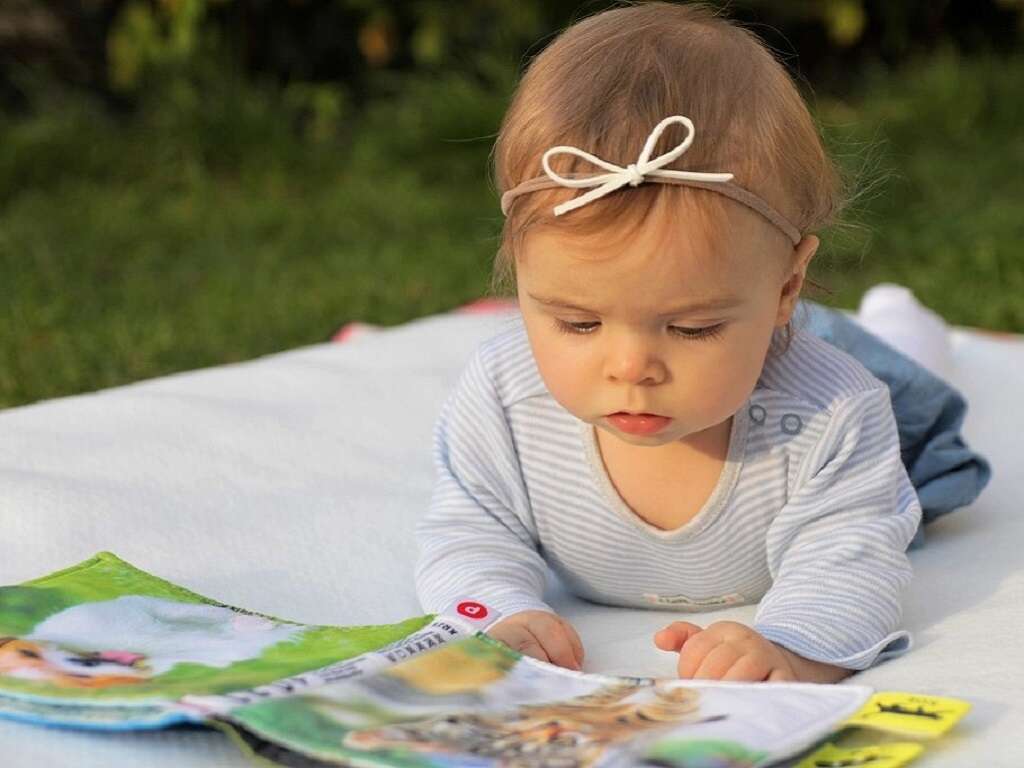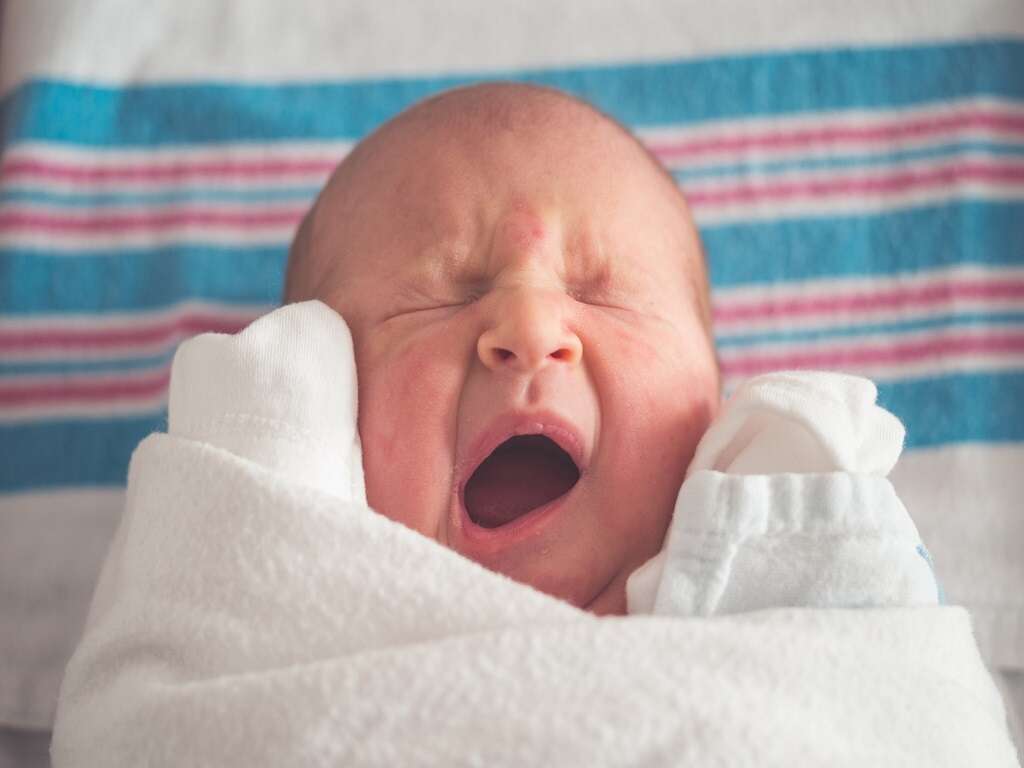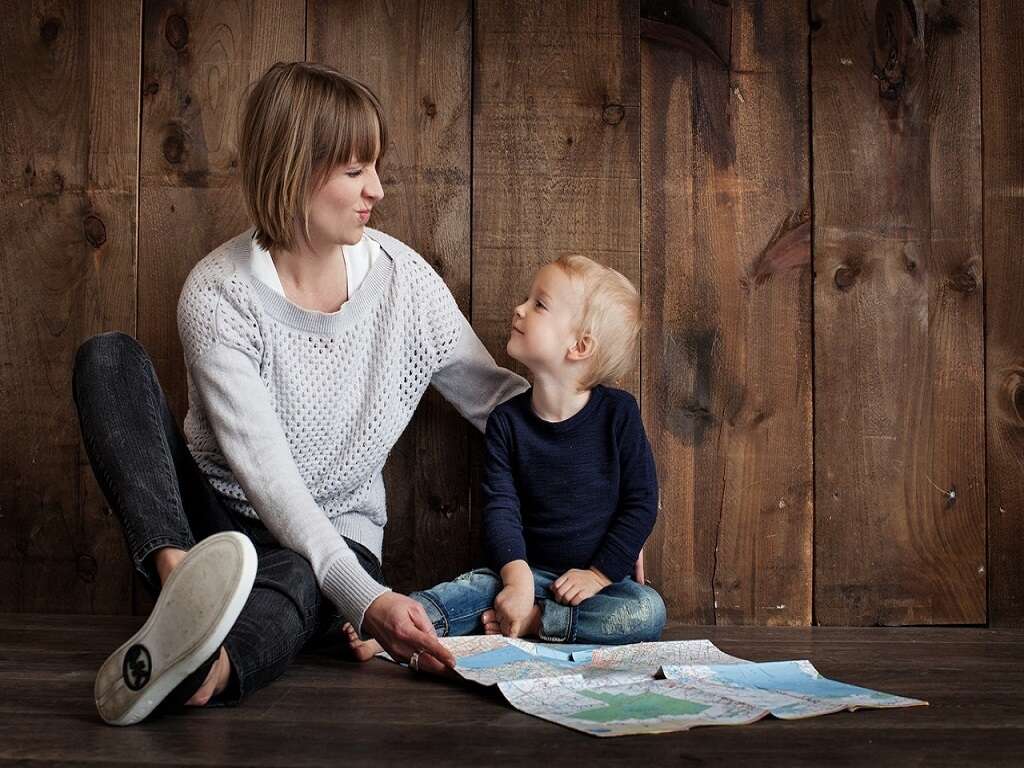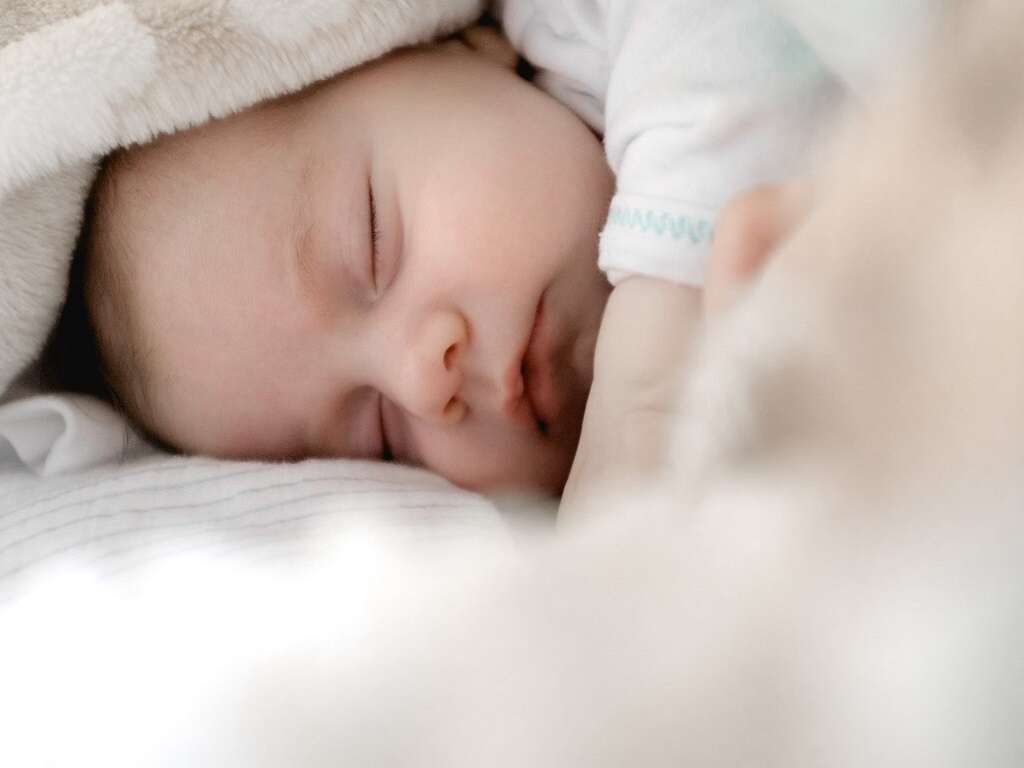What Is Reactive Attachment Disorder?
Reactive attachment disorder (RAD) is a serious psychological condition that results in a child’s inability to form emotional attachments with caregivers and others. RAD develops in infants and children age 5 and younger, as this is the time when emotional bonds are established between the child and the caregivers.
RAD is most often associated with children who are neglected or abused during the early stages of life. These children frequently exhibit maladaptive behaviors. Appropriate treatment measures can improve a child’s ability to form healthy and stable relationships.
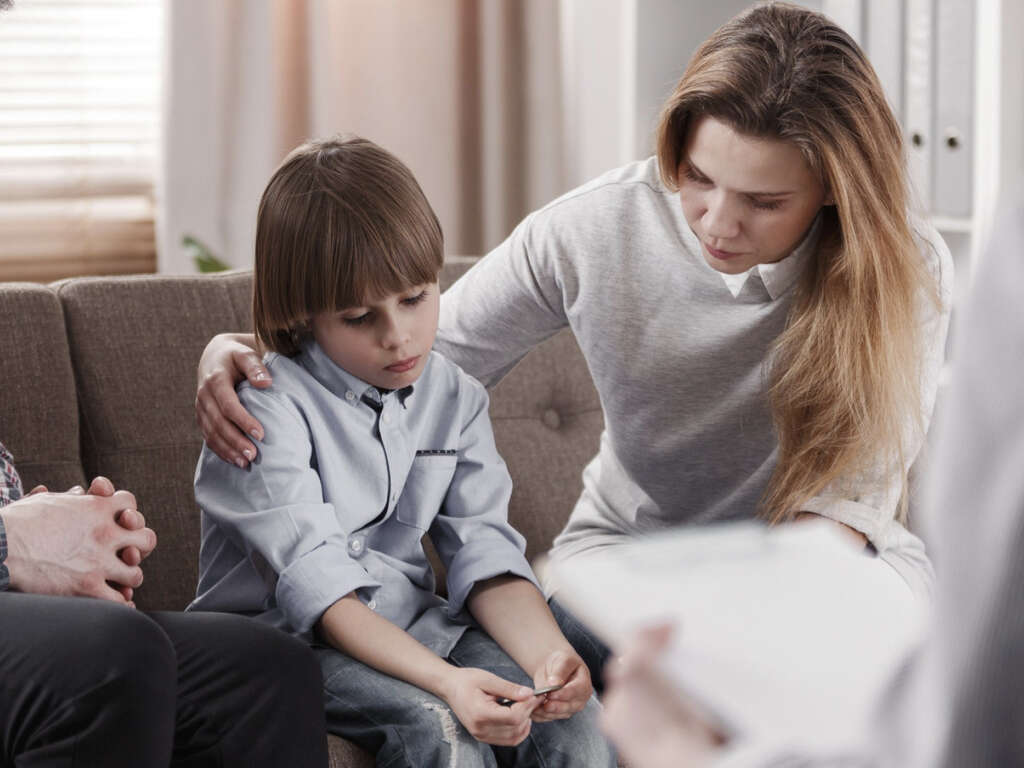
1. Causes
Infants begin developing emotional bonds from the very beginning of their lives, but doing so requires a stable and emotionally secure environment. When an infant’s physical and emotional needs are not met, it can result in feelings of insecurity, abandonment and loneliness. Infants who are ignored or who do not receive loving care may not develop the trust that is necessary in healthy relationships.
The trauma and stress from maltreatment and neglect cause some infants and young children to withdraw and become fearful of their caregivers. They cease to expect affection or care. This can cause long-term behavioral and emotional issues. However, not every child in abusive or neglectful situations develops RAD and some children in current, apparently loving environments do develop the condition.

2. Risk Factors
Reactive attachment disorder typically develops in children between the ages of nine months and 5 years. Children who experience severe emotional or physical abuse or neglect are at an increased risk of RAD. Children of parents who have substance addiction, severe mental health issues or a criminal history that prevent adequate parenting are more likely to have RAD.
For those who are raised in their early years outside of the home, certain situations lead to a higher risk for this condition. Children who are moved between foster homes or caregivers are at a higher risk for the condition, as are those who live in crowded orphanages, children’s homes or other institutions. Those who require a lengthy hospitalization at a young age that separates them from their caregivers are also at risk.
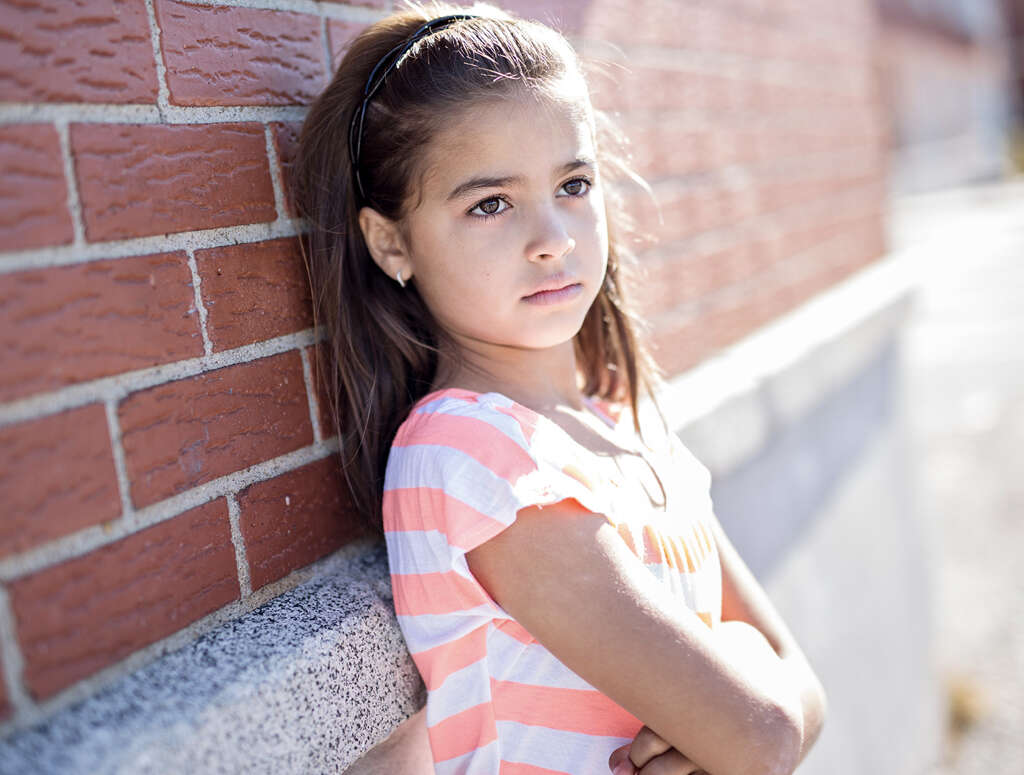
3. Transmission
RAD is not a condition that can be transmitted between people. It is a behavioral, emotional and psychological condition that results from maltreatment or neglect. None of the causes associated with the condition are contagious.
Caregivers who are responsible for providing for a child with RAD have no risk of developing the condition themselves. Working with professionals to provide adequate care and treatment is necessary to improve the child’s condition.

4. Diagnosis
A pediatric psychologist or psychiatrist typically conducts the assessments for a diagnosis. The evaluation process generally involves a combination of observations, interviews and questionnaires. Observations include examinations of the interactions between the child and caregivers.
The purpose of the interviews and questionnaires is to obtain more detailed information on behavioral patterns and history, home environmental conditions from birth to the present, and parenting skills and styles. The pediatric psychologist or psychiatrist may use the Diagnostic & Statistical Manual, Fifth Edition, to determine whether the child meets the criteria for diagnosis.

5. Signs & Symptoms
The signs for RAD may begin early in infancy. While the signs can vary across children, there are some common behaviors. Children with the condition often appear withdrawn and sad and do not smile in expected situations. Often, these children are prone to negative emotional outbursts that are not usual for their age group. They also may sit apart from others and observe without engaging in interactions.
Those who have RAD often do not respond when others offer comfort and do not seek out comfort. They may avoid physical and eye contact, particularly with caregivers. They are uninterested in the interactive games typical of infants and young children, such as peek-a-boo. In early childhood, they often do not ask for help.
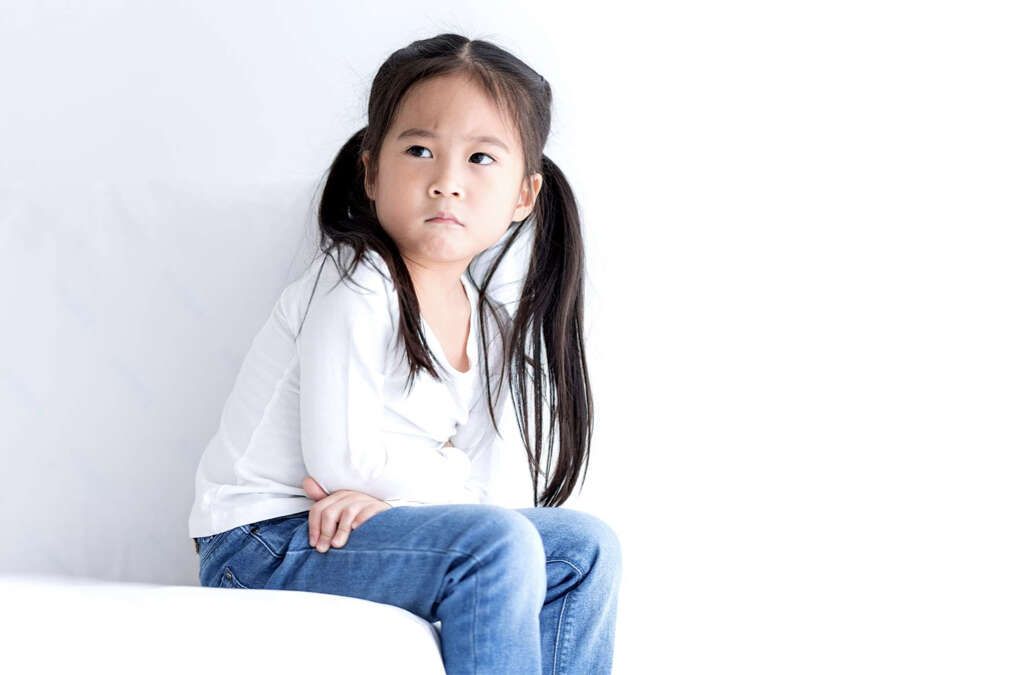
6. Complications
Children who do not get adequate treatment may experience problems related to RAD for the rest of their lives. In addition, ongoing neglect and abuse can lead to additional complications. Children who are not treated for RAD or who continue in abusive or neglectful situations often have difficulty in school due to cognitive and behavioral challenges.
There is the potential for lifelong difficulties in developing healthy relationships, including those with peers and partners. The possibility exists for mental health disorders, such as depression and anxiety or problems controlling anger.

7. Treatment & Management
No standard treatment protocol exists for RAD. The goal for any treatment is to improve the bond between the caregivers and child, while addressing behavioral and emotional issues. Effective measures involve both the child and the caregivers, with a combination of individual and joint therapies. Family therapy and individual counseling are common approaches to teaching relationship skills.
It is often recommended that caregivers take parenting classes that are specifically designed for parenting children with RAD. The child often benefits from training in social skills to learn appropriate ways to interact with others and navigate social situations. Treatment plans are tailored to each child’s needs as well as the family’s specific circumstances.

8. Prevention
The risk of reactive attachment disorder may be reduced by ensuring a nurturing and loving environment where a healthy bond is developed between the child and caregivers. Physical care needs to be paired with emotional support and loving interactions.
Be consistent in meeting the child’s emotional and physical needs. Talk, play, touch, eye contact and smiling are all important behaviors that support the child in developing a trusting bond. Those who feel like they lack the skills for good parenting may benefit from parenting classes.

9. Prognosis
The prognosis is good when children, and their caregivers, receive adequate treatment for RAD. These treatments help children form healthy bonds with their caregivers. This leads to an increased likelihood that they will have the skills to form strong relationships with others in the future.
When children with RAD do not receive proper treatment, there is the risk for lifelong behavioral and mental health issues. This is particularly true when they remain in abusive or neglectful environments. In these situations, treatment later in life can still be beneficial.

10. When to See a Doctor
If a child in your care begins to exhibit any of the signs of reactive attachment disorder, contact the child’s primary care provider. The doctor will be able to write a referral for psychiatric evaluation. The evaluation is necessary to receive an appropriate diagnosis and establish a treatment plan.
The symptoms of RAD are similar to those of other disorders. Professional evaluation can rule out the potential for autism spectrum disorder or other similar conditions. Delaying the evaluative process can have serious implications for a child’s emotional, behavioral and cognitive development.





